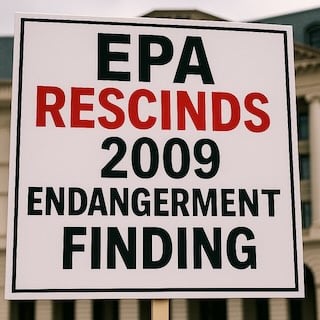If you have not been following the recent problems at the Davis-Besse nuclear power plant in Northern Ohio you should.
FirstEnergy operates the plant and wants us to believe that cracks found in the wall of the Davis-Besse shield building “do not have any structural significance” and are merely “hairline” or “barely visible” cracks in “architectural” or “decorative” “features” or “elements” of the building. That’s what FirstEnergy told us on October 11, 2011. That’s what they told “investors” on October 31, 2011. And that’s what they told their shareholders in its Annual Report on February 28, 2012.
But the truth is that the Davis-Besse shield building no longer provides the margin of safety that was required by the Nuclear Regulatory Commission to obtain its license to operate.
FirstEnergy admitted this in a report it submitted to the NRC on February 27. FirstEnergy admitted that the cracks in the shield building wall made the shield building “non-conforming to the current design and licensing bases….” In layman’s terms, that means that, given the current condition of the shield building wall, FirstEnergy would not be issued a license to operate Davis-Besse if it applied for one today.
When Davis-Besse was originally designed, engineers calculated the maximum forces that the shield building would have to withstand. The NRC then required a greater strength to provide a margin of safety. The shield building was constructed with even greater strength than that, providing an additional margin of safety. FirstEnergy’s Report to the NRC means that the additional margin of safety no longer exists. Translation: The overall margin of safety has been reduced below what the Davis-Besse operating license required.
Davis-Besse’s current license to operate runs through 2017. FirstEnergy wants to extend that license for 20 more years after that, despite the reduced margin of safety of the shield building wall. FirstEnergy must not be granted an extension unless the full margin of safety is restored. We simply cannot take any chances with a nuclear power plant that threatens the safety of the Great Lakes region.








Leave a Reply